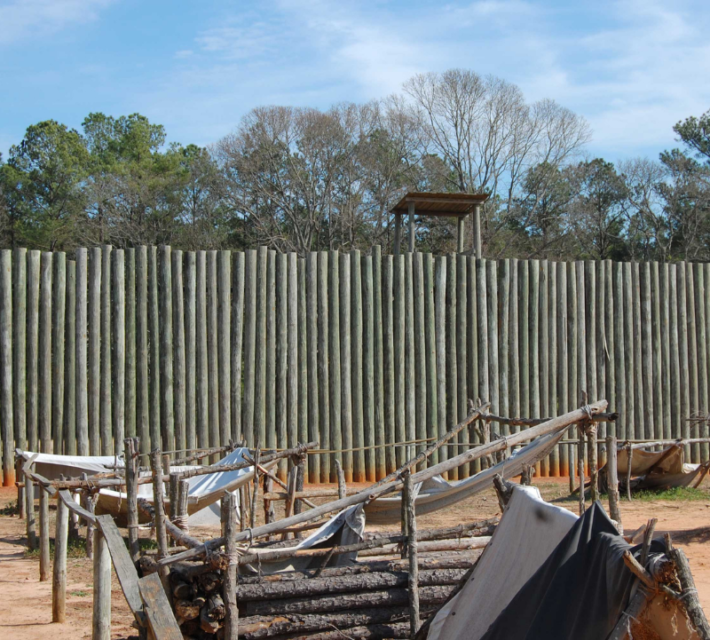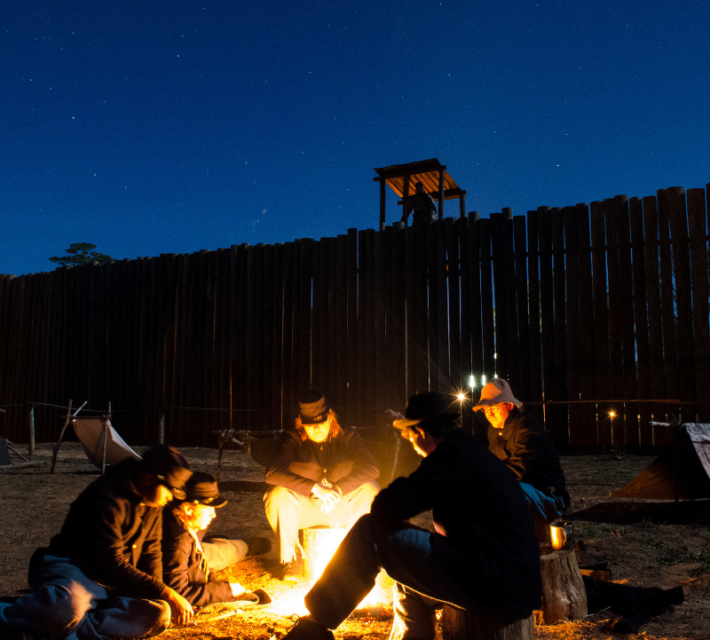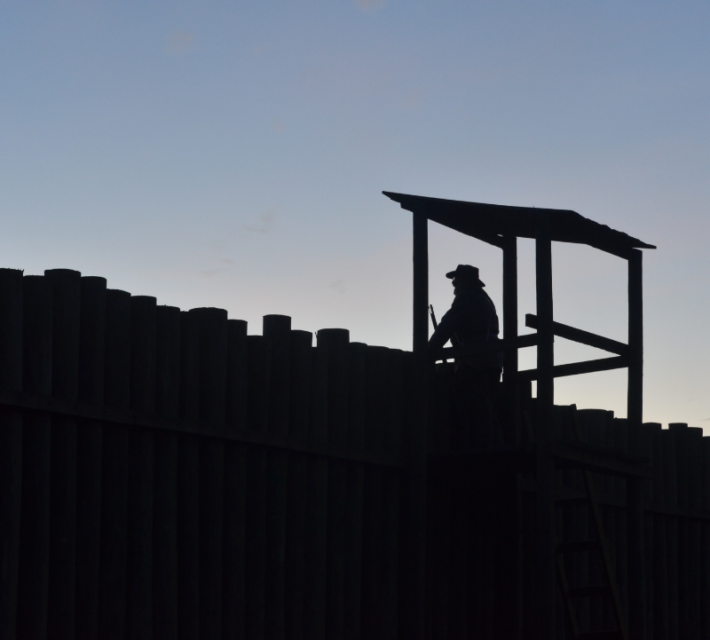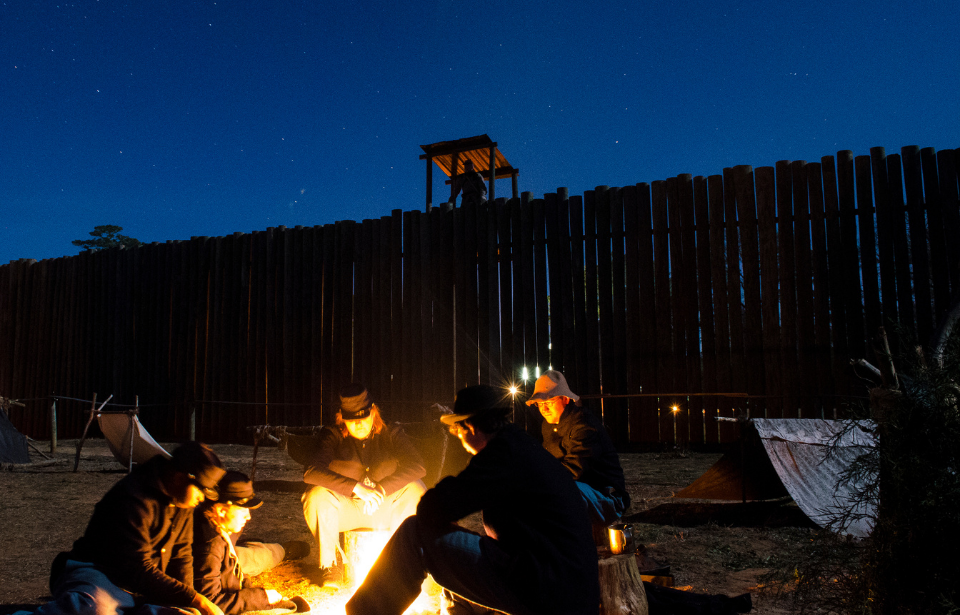A deadline is something ingrained in modern culture, establishing a time which something has to be completed by, whether that’s a payment, college work, or a project you’ve been assigned to by your boss. For a word so commonly used today, you may be surprised to find out that the term itself is very old. Like many old words, its meaning and usage have varied over time, leading up to how it is known today.
The earliest known uses date back to the 1800s, where the Oxford English Dictionary discovered the usage of “dead-line” in reference to a fishing line with a weight on it to prevent it from moving. In the early 1900s, the word was used in the printing industry as the name of a boundary line on a printing press, beyond which text will not print.
A different kind of “deadline” at Andersonville Prison
Between these was the word’s more morbid usage, and the one that is believed to have shaped the meaning of “deadline” that we know today. This was back in the American Civil War in the Andersonville Prison.

Andersonville Prison was a Confederate prisoner of war camp erected in 1864 to hold captured Union soldiers, and it was commanded by Captain Henry Wirz. The conditions in the prison were terribly poor, with about 13,000 of the camp’s total 45,000 prisoners dying over the time it was running. The prison lacked enough food and water for even the guards, let alone the prisoners, many of whom were rife with typhoid fever, scurvy, and dysentery.
Without the luxury of the organization and construction of a dedicated prison, equipped with living facilities and cells, Andersonville had to make do with a simple wooden stake fence 10–20 feet in height to keep the prisoners in.
This wasn’t enough to stop a determined, healthy man from climbing it, and definitely wouldn’t stop a team working together. Prison guards were placed in watch positions and given orders to shoot any man attempting to climb the walls. Even this sometimes may not have been enough, as a man could climb over before even being noticed and targeted.

To give the guards more time to react, Wirz added the so-called “deadline.” This was a literal line of wooden planks or fences placed about 20 feet inside from the outer walls. Orders were given to the guards that any man who crossed the deadline, even by a hair, would be shot on sight without warning. The guards were positioned about 90 feet apart along the wall, giving them a good angle to fire on any would-be escapees.
In the event of a mass prisoner revolt, the guards could retreat from their watch positions to a series of artillery emplacements around the prison, usually meant to defend it from outside attack, but in this circumstance, they would be turned inwards to rain fire on the prisoners.
After the war
Andersonville Prison was liberated in May 1865, and the true extent of the prison’s conditions became clear. As the prison commander, Wirz received most of the blame, and angry Americans wanted justice for those in the prison.
Wirz was tried and charged with war crimes, sentenced to death, and then hanged. Despite this, Wirz’s responsibility for the prison’s despicable state has been questioned.

On multiple occasions, it is reported that Wirz requested more food and supplies for the prison, as he was well aware of the conditions and extreme overcrowding, which was also affecting his own men. He was also reported to have attempted to exchange prisoners with the North to reduce the overcrowding.
More from us: Mathias Rust, A German Teenager, Flew A Cessna To Red Square In 1987
Regardless, the deadline in Wirz’s prison became infamous. The term would be used loosely until the 1920s, when it began being used in the U.S. media industry to refer to a time when a writer must complete a story for publication.
So today, this term may still have negative associations with time limits, where if crossed you may receive financial or disciplinary actions, but back in the mid-1800s, the consequences of crossing the deadline were much, much worse.
